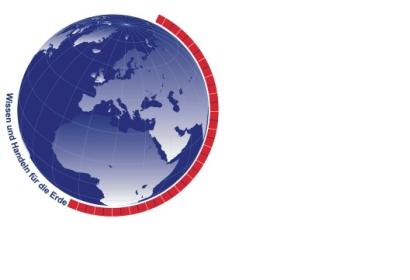Up-to-date geodata is essential if rescue services are to reach the disaster-struck regions and provide help as fast as possible. After all, the regions affected need to be accessible for sufficient material and supplies to be provided in good time.
When the Earth shook with a magnitude of 9.0 off the coast of Japan on Friday, 11 March, Olaf Kranz and his team at the German Aerospace Centre (DLR) in Oberpfaffenhofen had to react quickly. “In close cooperation with the International Charter 'Space and Major Disasters' and the Japan Aerospace Exploration Agency, we analysed the satellite data and drew up maps of the affected areas. The aim was to identify the damage and find ways of providing the best possible support for the local aid effort,” says Kranz, project manager of the DLR's Centre for Satellite Based Crisis Information (ZKI).
INTERGEO exhibitor Astrium GEO-Information Services has announced the launch of four new satellites that will optimise the parameters for international disaster relief by enabling the flexible recording of larger areas, the accurate depiction of smaller areas with image products accurate down to 50 centimetres and faster availability of image data.
The geodata analysed by Kranz's research team was recorded by the Earth observation satellites SPOT-5 and Terra-SAR-X. Astrium GEO-Information Services (formerly Spot Image and Infoterra) is responsible for the commercial use of the data from both satellites. The EADS subsidiary is set to expand its portfolio shortly to include four new satellites. “The Pléiades constellation and the next generation of SPOT satellites will be launched some time between the end of this year and 2014,” explains Sales Director Marco Weber. “Working together in space, the satellites can cover an area of interest every 12 hours, capturing more than 7 million square kilometres a day,” says Weber, explaining just one of the pioneering aspects that will enable rescue services to respond faster and even more effectively in future.
Like many other renowned companies, Astrium uses INTERGEO – the world's leading fair for geodesy, geoinformation and land management – as an annual platform for presenting new developments and services and for discussing future solutions at the conference.

